Rising Urbanization
The increasing trend of urbanization in the United States is a pivotal driver for the district cooling market. As more individuals migrate to urban areas, the demand for efficient cooling solutions escalates. Urban centers, characterized by high population density, require innovative cooling systems to manage heat effectively. The district cooling market is poised to benefit from this trend, as centralized cooling systems can serve multiple buildings, reducing energy consumption and operational costs. According to recent data, urban areas are expected to grow by approximately 13% by 2030, further amplifying the need for sustainable cooling solutions. This urban expansion necessitates the implementation of district cooling systems, which can provide reliable and efficient cooling to meet the rising demand in densely populated regions.
Increased Focus on Climate Resilience
The growing emphasis on climate resilience is a significant driver for the district cooling market. As climate change leads to more extreme weather patterns, cities are increasingly seeking solutions to mitigate heat-related challenges. The district cooling market is well-positioned to address these concerns, providing reliable cooling solutions that can adapt to fluctuating temperatures. Municipalities are investing in infrastructure that supports climate resilience, with district cooling systems offering a sustainable alternative to traditional cooling methods. Reports indicate that cities investing in climate-resilient infrastructure could see a reduction in heat-related illnesses by up to 30%. This focus on resilience not only enhances public health but also drives the adoption of district cooling systems as a proactive measure against climate impacts.
Growing Demand for Sustainable Solutions
The rising consumer demand for sustainable solutions is a key driver for the district cooling market. As awareness of environmental issues increases, both businesses and residents are seeking energy-efficient cooling options that minimize their carbon footprint. The district cooling market is responding to this demand by offering systems that utilize renewable energy sources and reduce greenhouse gas emissions. Recent studies suggest that district cooling systems can lower energy consumption by up to 50% compared to conventional cooling methods. This shift towards sustainability is not only beneficial for the environment but also aligns with corporate social responsibility goals, making district cooling an attractive option for businesses aiming to enhance their sustainability profiles.
Regulatory Support for Energy Efficiency
Regulatory frameworks in the United States increasingly emphasize energy efficiency, significantly impacting the district cooling market. Government initiatives and policies aimed at reducing energy consumption and greenhouse gas emissions create a favorable environment for district cooling systems. The district cooling market is likely to thrive as municipalities adopt stricter energy codes and standards. For instance, the Energy Policy Act mandates energy-efficient practices in commercial buildings, which can lead to a projected 20% reduction in energy use by 2030. This regulatory support encourages the adoption of district cooling systems, which are inherently more efficient than traditional cooling methods, thus aligning with national energy goals and promoting sustainable urban development.
Technological Innovations in Cooling Systems
Technological advancements play a crucial role in shaping the district cooling market. Innovations such as smart grid technology, advanced thermal energy storage, and energy-efficient chillers enhance the performance and reliability of district cooling systems. The district cooling market benefits from these developments, as they enable operators to optimize energy use and reduce operational costs. For example, the integration of IoT devices allows for real-time monitoring and management of cooling systems, leading to improved efficiency. The market is projected to grow at a CAGR of 8% from 2025 to 2030, driven by these technological innovations that enhance system performance and sustainability. As technology continues to evolve, the district cooling market is likely to see further enhancements in efficiency and reliability.


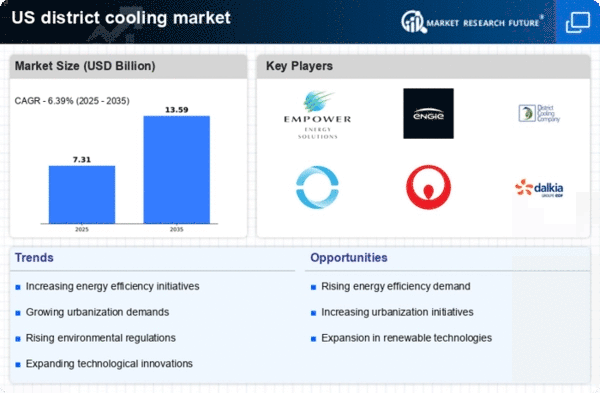
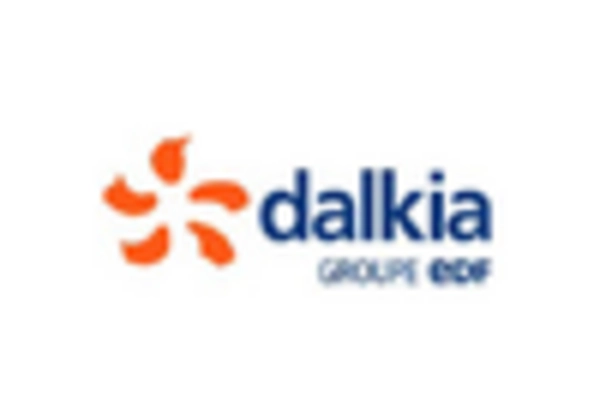
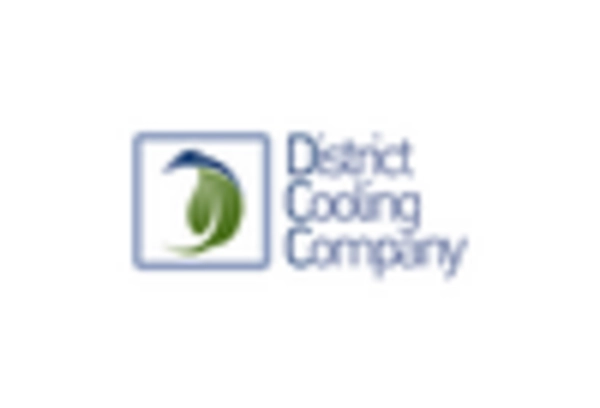
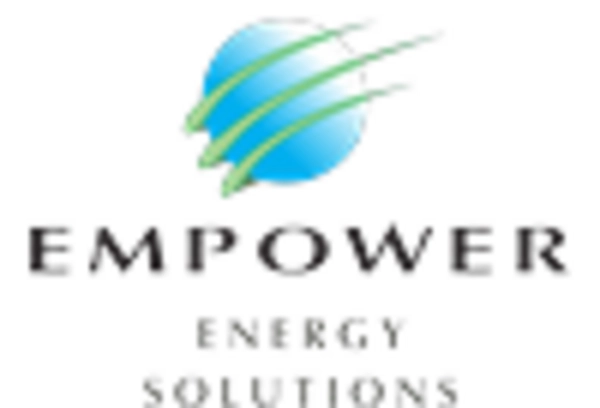
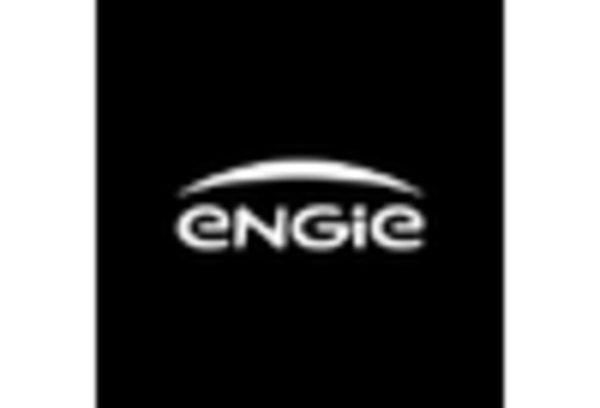
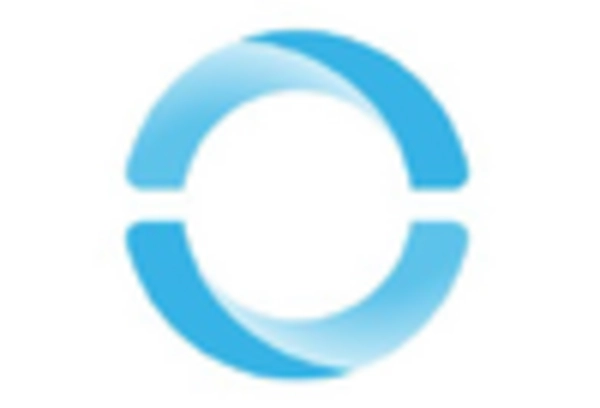
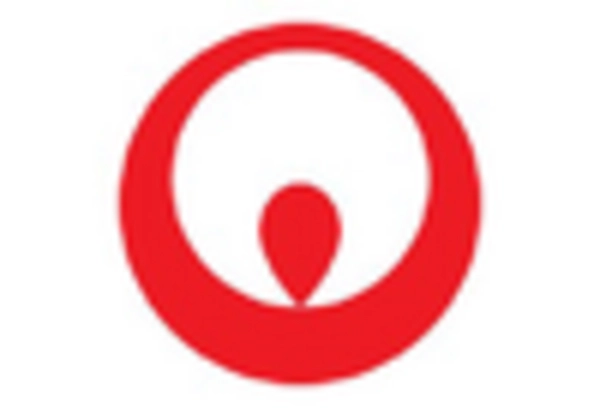








Leave a Comment